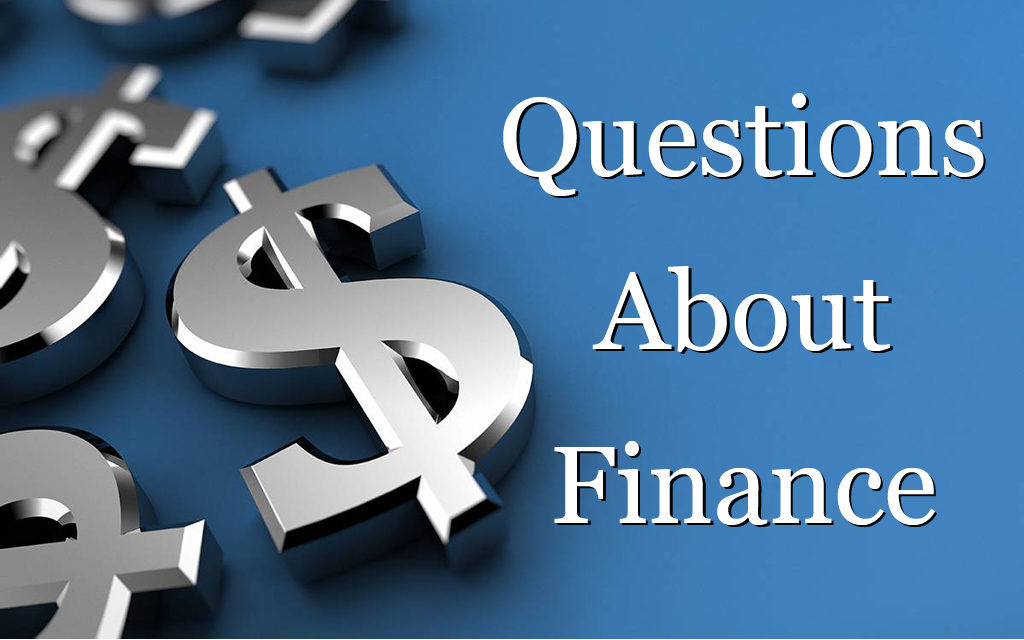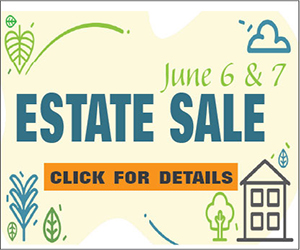Hey Taylor – I read that DoorDash is starting some kind of buy now, pay later system. I’m always a little apprehensive of these payment plan things—isn’t it just a way to get more money out of people who can’t afford what they’re buying? – Charlie
Hey Charlie – I don’t think I could have said it better myself. While financing plans enable people to spread out payments and usually do so with an interest-free grace period, the goal is still to make people spend beyond their means. DoorDash might be “helping” someone buy a $20 meal, but it’s all part of a larger problem.
–1. Americans’ debt is astronomical. Credit card and student loan debt continues to rise, all while the prices of necessities like cars, houses, and food keep climbing. According to the Federal Reserve, the nation’s personal credit card debt was just over 18 trillion at the end of last year. The average debt among households with an unpaid balance is about $8,000. Eight grand isn’t too much debt for one family, but that’s just credit card debt, and those interest payments are usually pretty brutal. I’m one of many people who learned about debt the hard way—spending money I didn’t have on something I couldn’t afford and then playing catch up for years. It’s a good education, as I now know the difference between good and bad debt, but it’s not easy climbing out of that hole.
–2. Systemic issues. Obviously, debt is a national problem that everyone should take seriously. The cost of college has gone through the roof over the last 20 years; now when a college grad takes an entry-level position, they have a really tough time keeping up with student loans on top of the normal cost of living. When a 22-year-old already owes $700 a month to a lender, it’s no wonder they turn to credit cards to cover the cost of food and gas and just end up racking up more debt. By the time these people are in their late 20s and have more stable jobs, they could have $200,000 in debt and feel like there’s no way out. And when someone feels hopeless about their financial situation, why not just order some comfort food and add it to the never ending debt?
–3. The long-term solution. Financial literacy is the only lasting solution I can think of. We need to start teaching people about debt, interest, savings, and investing much earlier, and make it a little harder for people to fall into debt in the first place (as opposed to easier, like offering a DoorDash payment plan). There are so many ways to grow wealth and achieve financial freedom, but you have to cut through all the noise about interest-free spending plans in order to make it happen.
You might want to think twice before jumping into any buy now, pay later plans. Try to stick with buying what you truly need and can afford—and let the rest of your money start working for you. That way, you’re not stuck putting takeout on a tab. Appreciate the question!
TAYLOR J KOVAR
CHIEF EXECUTIVE OFFICER
CERTIFIED FINANCIAL PLANNER™





